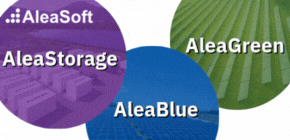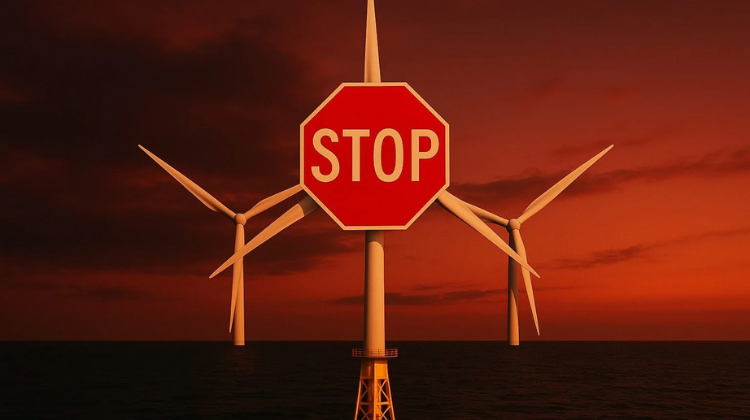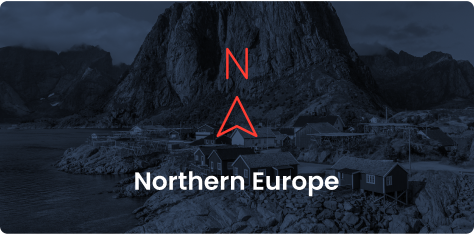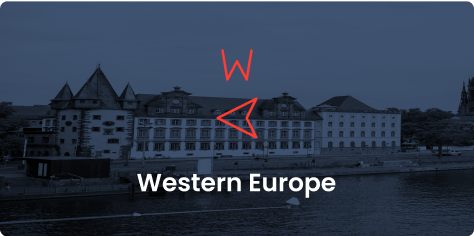According to the PPA Times #51 monthly report published by Pexapark, the first half of 2025 ended with a significant 26% drop in contracted PPA capacity across Europe compared to the same period in 2024. A total of 124 agreements amounting to 6.08 GW were signed, down from 8.25 GW the previous year. Nonetheless, in this declining environment, solar technology proved resilient, securing 4.2 GW through 73 contracts — a slight increase from the 3.9 GW recorded in 2024 — thereby consolidating its leadership among renewable technologies.
The downturn was particularly pronounced in Germany and France, where the impact of price cannibalisation has influenced investment decisions. In Germany, contracted volumes plummeted by 84%, totalling just 228 MW. However, this shortfall was offset by strong growth in markets such as Italy and Spain. Italy saw a 184% year-on-year surge in solar PPA volume, driven by a landmark 420 MW corporate contract — the largest ever recorded in the country. Meanwhile, Spain added 579 MW across six agreements.
The market also saw a shift in the profile of buyers. Utilities doubled their share compared to the previous year, reaching 1.8 GW through 28 contracts, while corporate buyers reduced their participation by 40%, settling at 4.3 GW. This decline is linked to increasing uncertainty over future pricing, the rise of negative price events, and challenges in matching consumption patterns with renewable generation.
In this evolving landscape, utilities and traders are taking the lead. With stronger risk management capabilities, they are capturing opportunities in a market where transaction prices are moving closer to risk-adjusted fair value. Moreover, 11 new utilities and 53 first-time corporate buyers entered the PPA market during the semester, contracting over 2 GW.
One of the most disruptive developments has been the increase in negative pricing events across Europe. Markets such as Sweden, Finland, Germany, the Netherlands and Belgium have already recorded between 67% and 90% of last year’s total negative pricing hours, suggesting a new annual record is imminent. This scenario is adding significant complexity to value capture strategies, with marked contractual differences depending on how the risk is allocated.
Meanwhile, the utility-scale battery storage (BESS) market is emerging as a major frontier for investment. During the first half of 2025, 4.6 GW / 9.2 GWh of BESS capacity was contracted through 36 deals — more than triple the volume seen in the whole of 2024. Germany and Great Britain led this expansion, followed by emerging markets such as Belgium, Poland, Greece and Bulgaria. Merchant contracts, tolling agreements and floor structures are increasingly being adopted and are gaining acceptance among lenders, particularly when negotiated at portfolio level.
From a regulatory perspective, the European Commission introduced the Clean Industrial State Aid Framework (CISAF), replacing the temporary crisis mechanism and remaining in force until 2030. This new framework allows Member States to provide streamlined support for renewable energy projects, clean manufacturing and industrial decarbonisation, including aid models of up to €200 million.
In the United States, Congress passed the “One Big Beautiful Bill”, which drastically cuts federal subsidies for renewables. While incentives for storage, hydrogen and nuclear remain intact, the early phase-out of tax credits caused an immediate rise in PPA prices and spurred a race among developers to secure eligibility before new restrictions take effect.
In summary, Europe’s PPA market is undergoing structural change: solar remains resilient, storage is scaling fast, utilities are reinforcing their strategic role, and pricing is increasingly aligned with adjusted risk-return expectations. The second half of 2025 will be crucial to confirm whether these trends are here to stay in a highly volatile and rapidly evolving energy landscape.






























